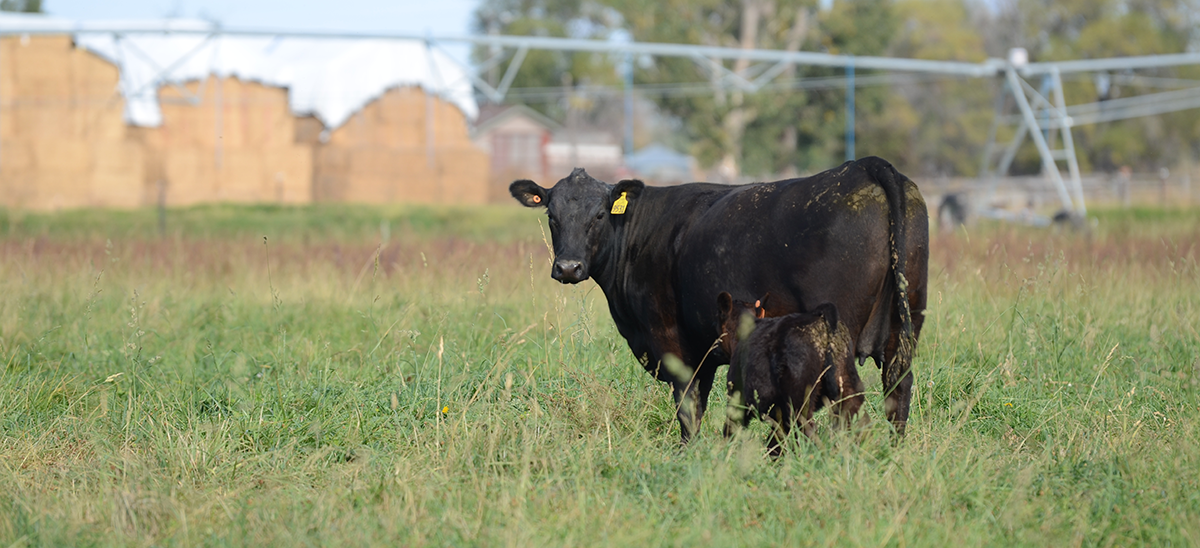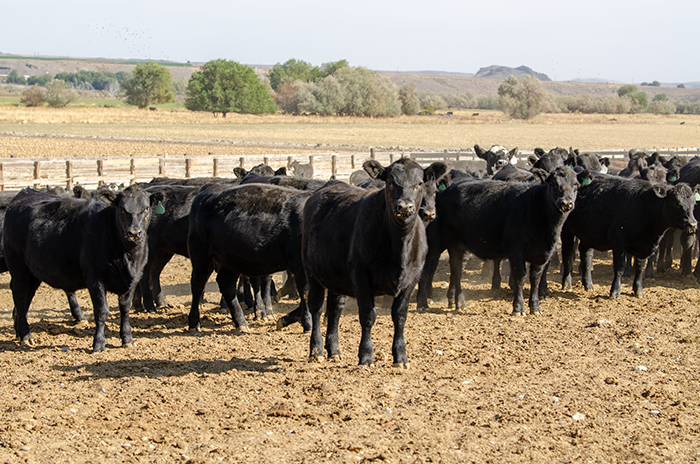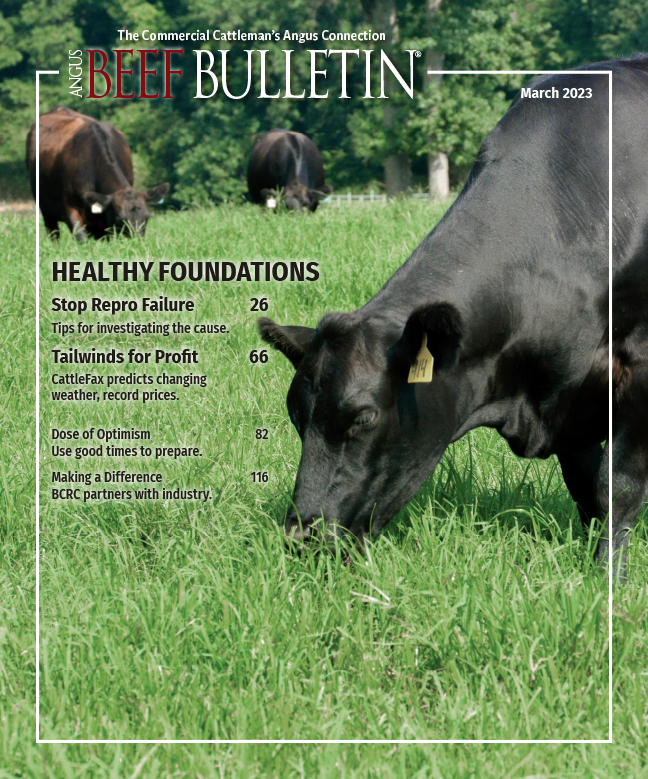
Profitability Isn’t Random
Profitable females don’t just happen.
“Cows are not profitable,” according to Jordan Thomas. That’s an unorthodox declaration, perhaps, coming from a University of Missouri animal scientist and state cow-calf extension specialist. But, the statement grabbed the attention of cow-calf producers attending Cattlemen’s College during the 2023 Cattle Industry Convention in New Orleans.
Thomas clarified his point, emphasizing that no cow is inherently “profit-able.” He said the kind and quality of animals don’t necessarily make a cow-calf operation lucrative. According to Thomas, it’s possible to lose a lot of money with animals that, by industry standards, are really good. It’s also possible to profit handsomely from animals considered fairly poor. Success in the cow business doesn’t happen randomly. It comes from planning and executing a profitable business model.
Thomas encouraged commercial producers who retain home-raised females for herd replacements to have a sound heifer-development business model that includes a “job description” for replacements. He recommended selection of heifers be based on five basic criteria, listed in order of importance. First, evaluate candidates for structural soundness, health and disposition. Secondly, they should have a low likelihood of calving difficulty, based on pelvic area. Thirdly, heifers should conceive early in their first breeding season. The fourth criterion is genetic merit for profitable traits. Lastly, candidates should be scrutinized for phenotype.
“But how do we select replacement heifers?” asked Thomas, suggesting that too often it starts with picking the biggest, prettiest heifers in the pen. “Where are our priorities when we do that? They’re just about backwards, aren’t they?”
According to Thomas, many producers place too little value on selecting heifers that conceive early in their first breeding season, calling it important to cow longevity and the profitability of a cow-calf operation. The heifer that conceives early also delivers a calf early in the subsequent calving season, thereby having plenty of time to go through postpartum anestrus and start cycling again by the start of the next breeding season. By contrast, late-conceiving heifers will calve late in the first calving season and have an increased chance of calving late the next year and the year after that. They have an increased chance of falling out of the herd at a young age.
Talking about economic implications, Thomas noted the significant cost challenges producers currently face. Generally, the biggest cost in cow-calf production is feed (grazed and harvested feed plus supplements), but the second-biggest is cow replacement cost. Missouri data suggest replacement costs range from $220 to $240 per cow annually, but Thomas believes the cost is higher for many operations. He advised producers to consider how heifer selection decisions influence replacement costs and ultimately increase feed costs.

A heifer may be more profitable as a feeder than as a replacement based on five criteria. [Photos by Shauna Hermel] |
“What’s driving high replacement costs? Often, it’s our heifer selection decisions that are causing high rates of fallout among young cows,” said Thomas, calling it “a vicious cycle” that results in a lot of feed being consumed by animals that don’t contribute to profitability.
Thomas said producers can set up a “virtuous cycle” by retaining heifers that were born early in the breeding season and are thereby more likely to start cycling ahead of their first breeding season. Research suggests those heifers will be more apt to conceive early the first time and in subsequent years, thus remaining in the herd longer and weaning more calves during their productive lifetimes. Females that consistently breed early and calve early also will wean older and heavier calves each year, ultimately weaning more pounds of calf during their lifetimes.
Thomas talked about the value of reproductive tract examination and scoring as part of the prebreeding evaluation of replacement heifer candidates. He advised producers to think of it not as a selection tool, but as a screening tool — a way to screen out some poorly “profit-able” females that aren’t likely to breed early and may not contribute much to the business model. According to Thomas, reproductive tract scoring offers an indication of ovarian and uterine development and the progression of endocrine changes associated with puberty.
“Reaching puberty prior to breeding is pretty important,” emphasized Thomas, calling reproductive tract scoring repeatable and accurate for determining pubertal status. “It can give us an indication of whether it’s really worth going forward with the development of heifers. Low-scoring heifers are likely to be more profitable when turned into feeder heifers.”
Editor’s note: Troy Smith is a cattleman and a freelance writer from Sargent, Nebraska.



